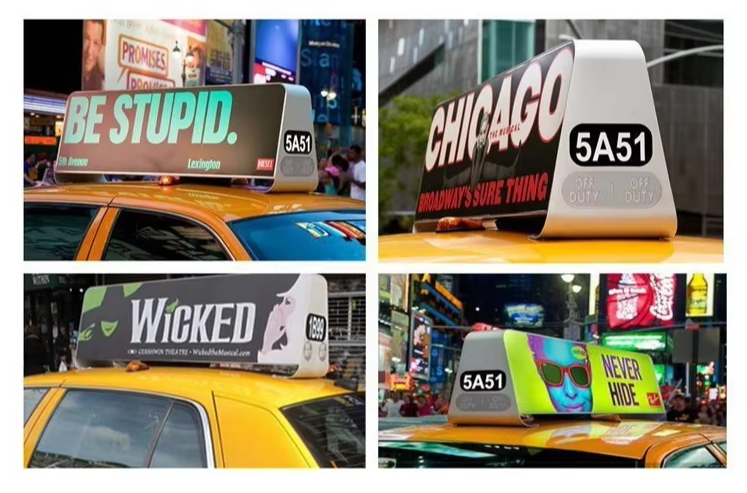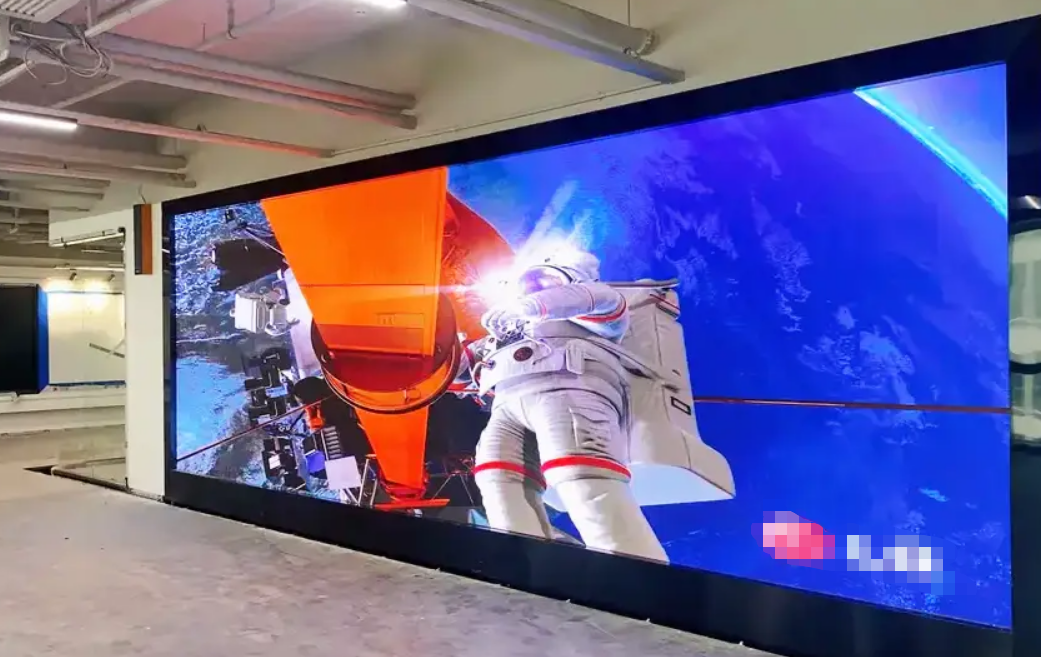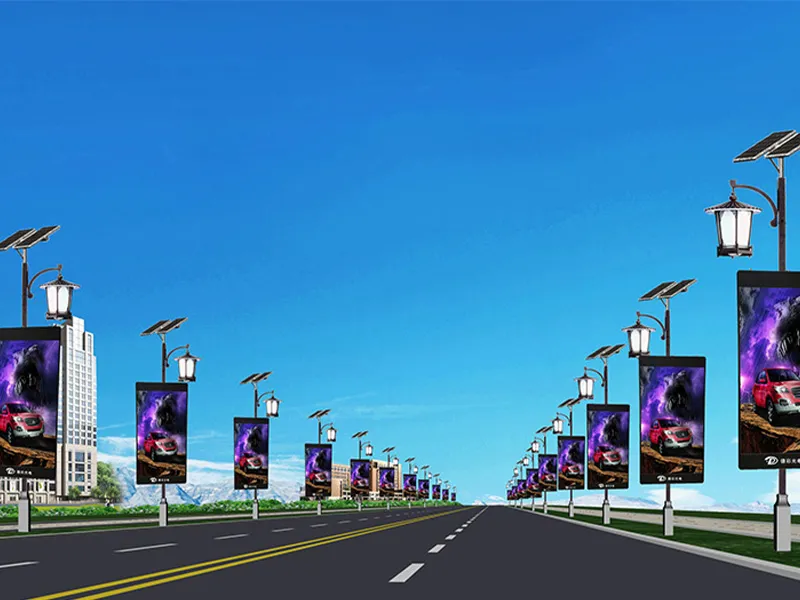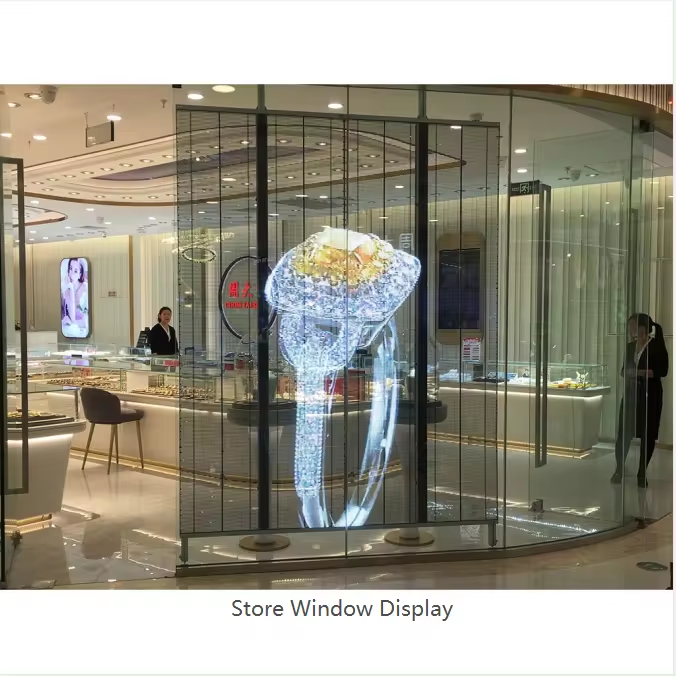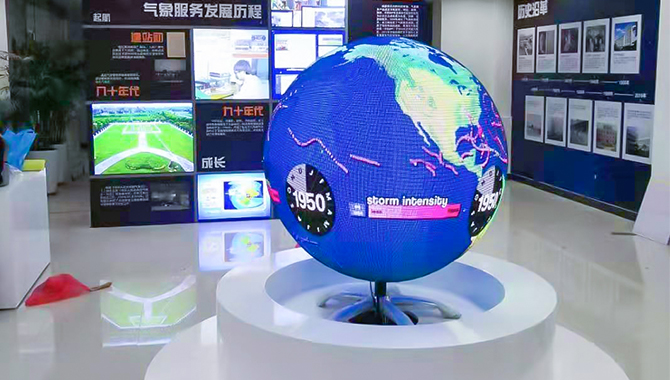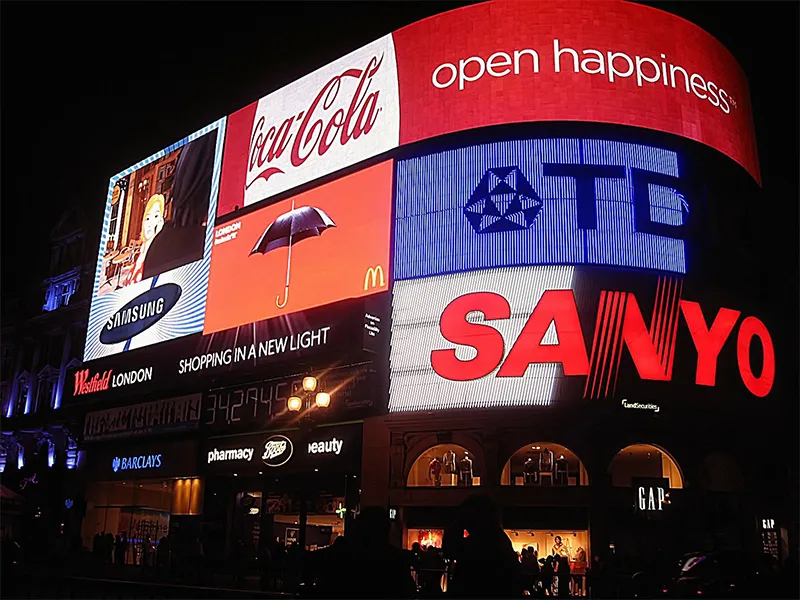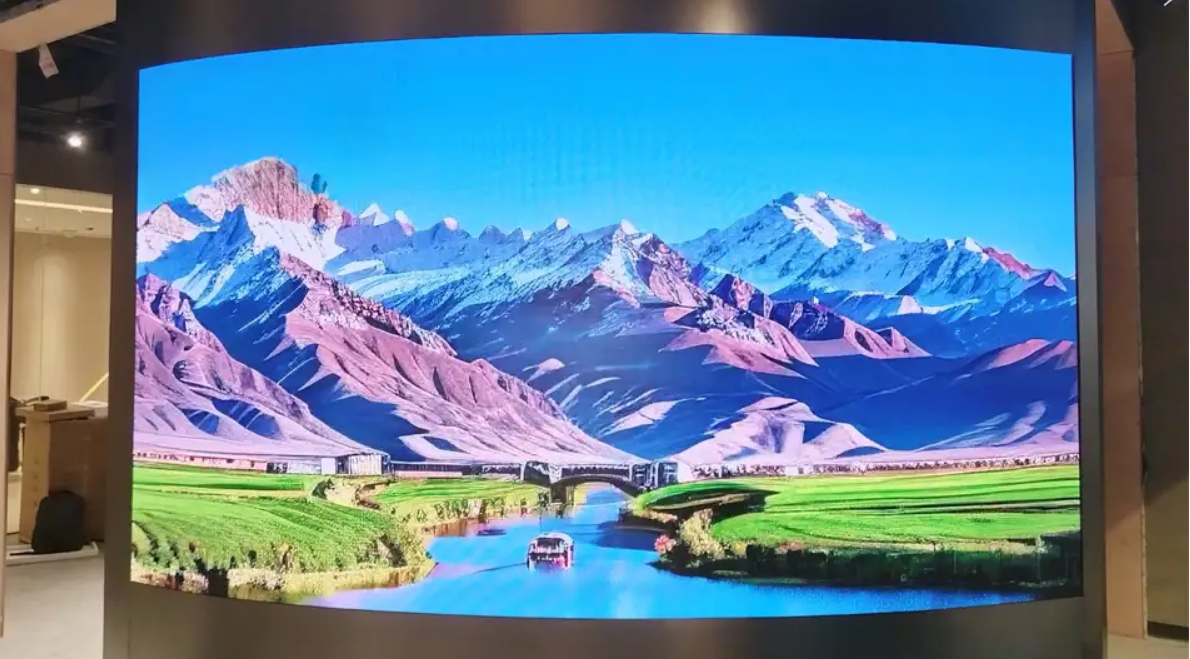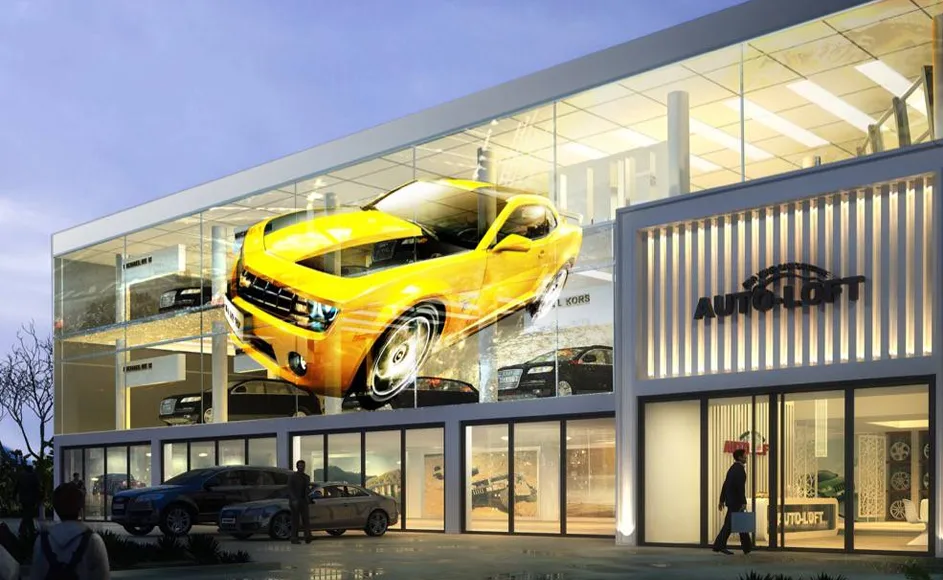With the growth and maturity of LED display technology, the LED display for car has become a new trend in advertising media.
It is a replenishment of advertising media, it can make your advertising cover a wider communication surface benefits from its mobile features. Even though the alley that those big screens never involved.
Please take over this guide about LED screens for car, and build more chances for your brand promotion.
#Muenled
#LEDdisplay
